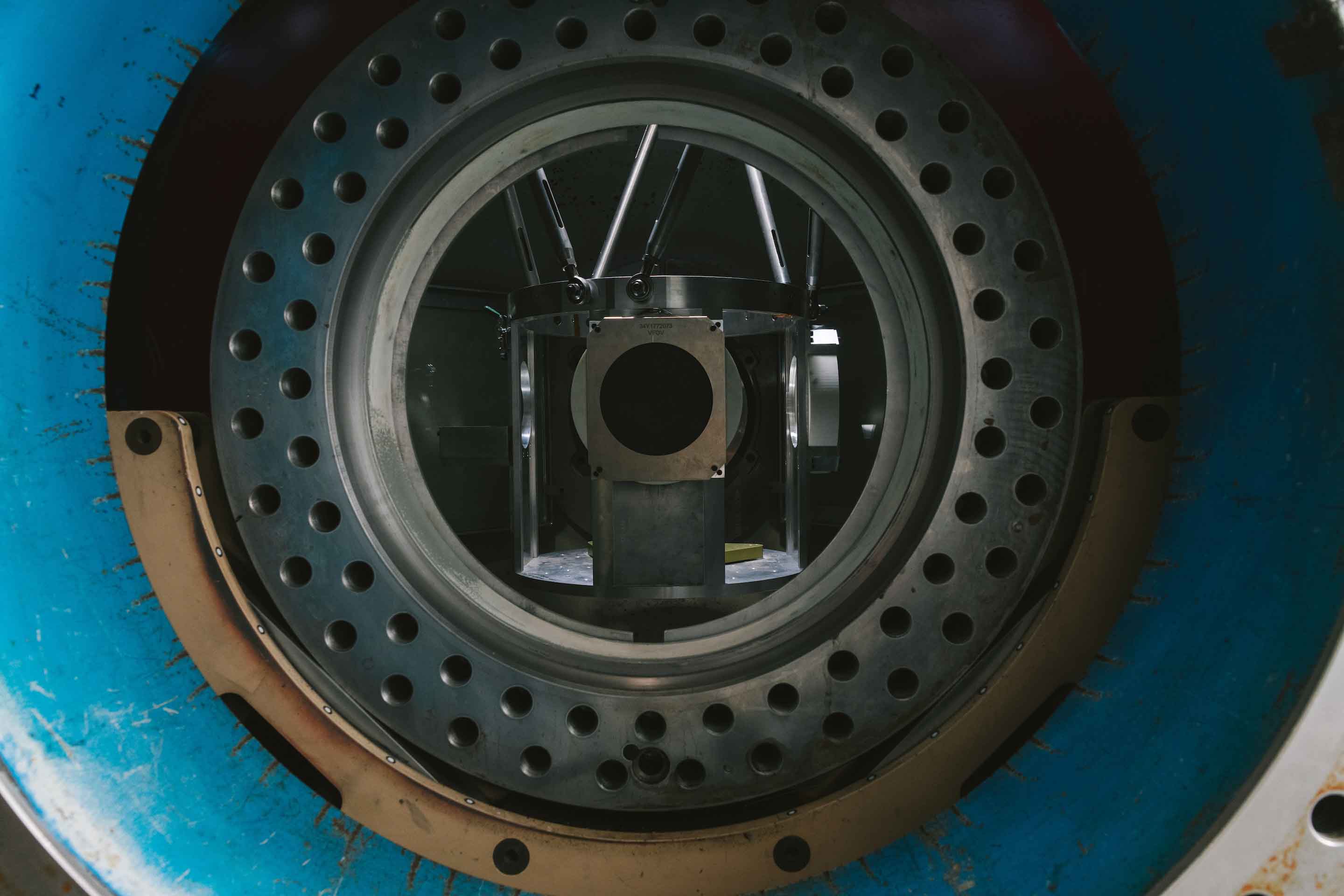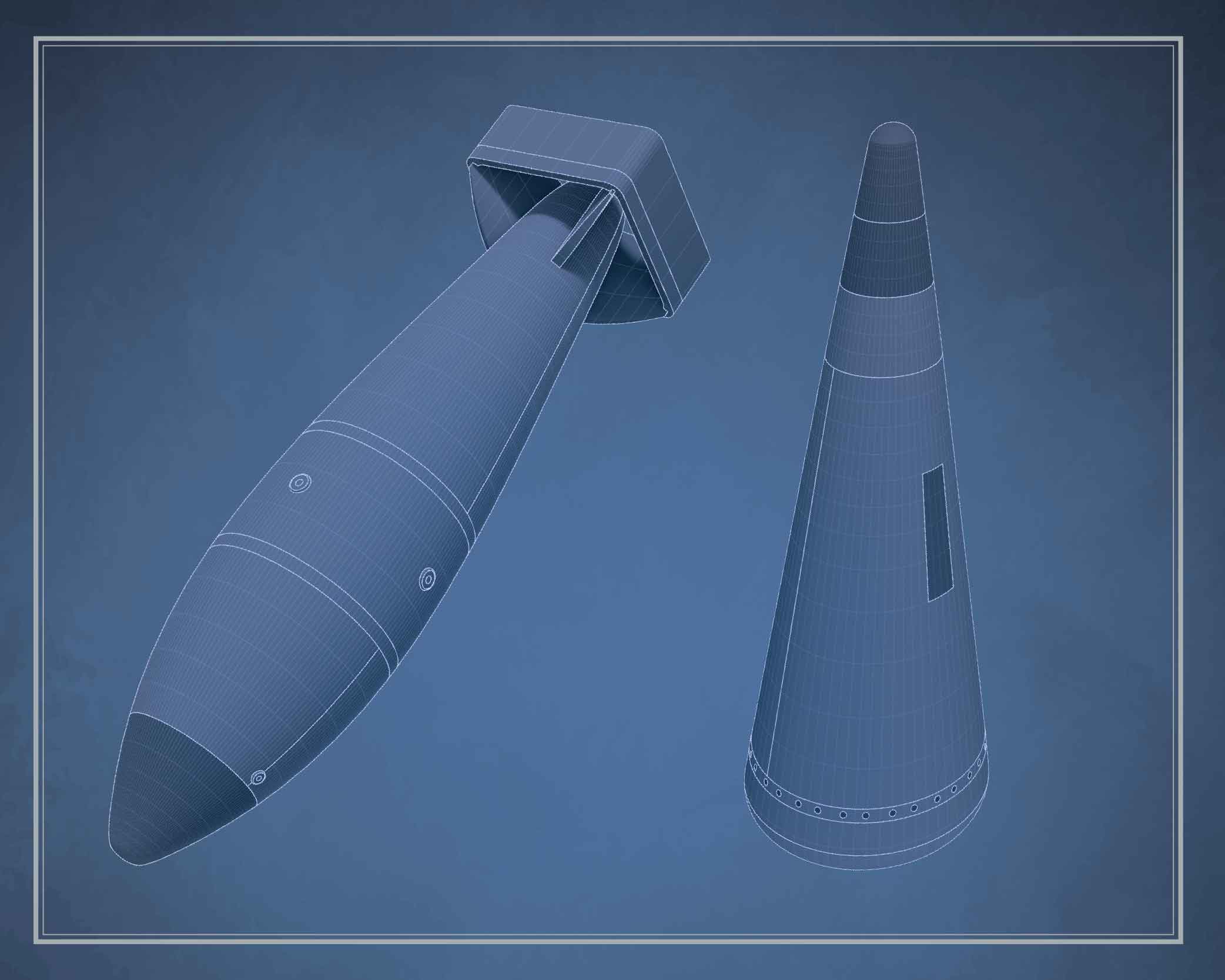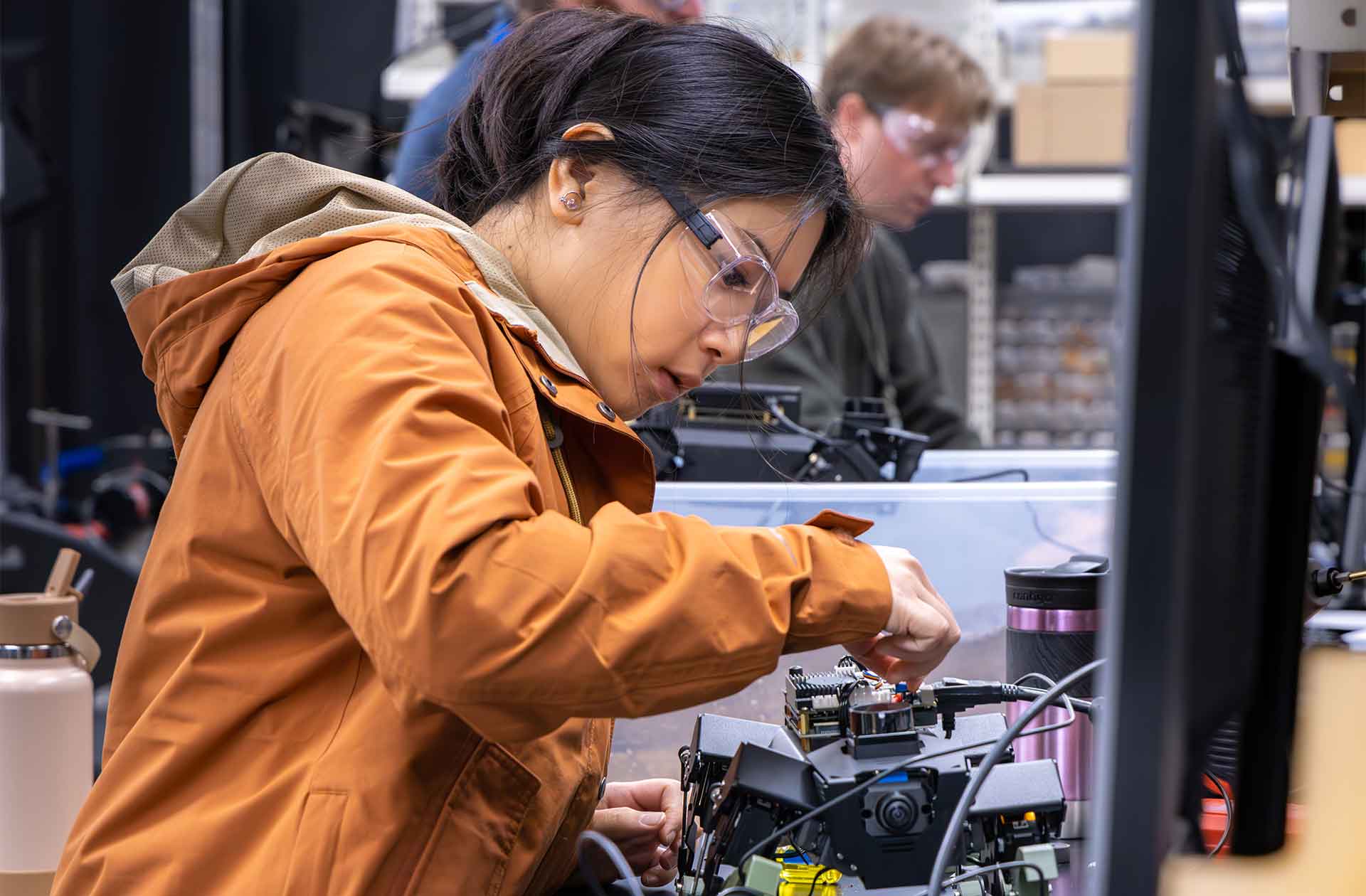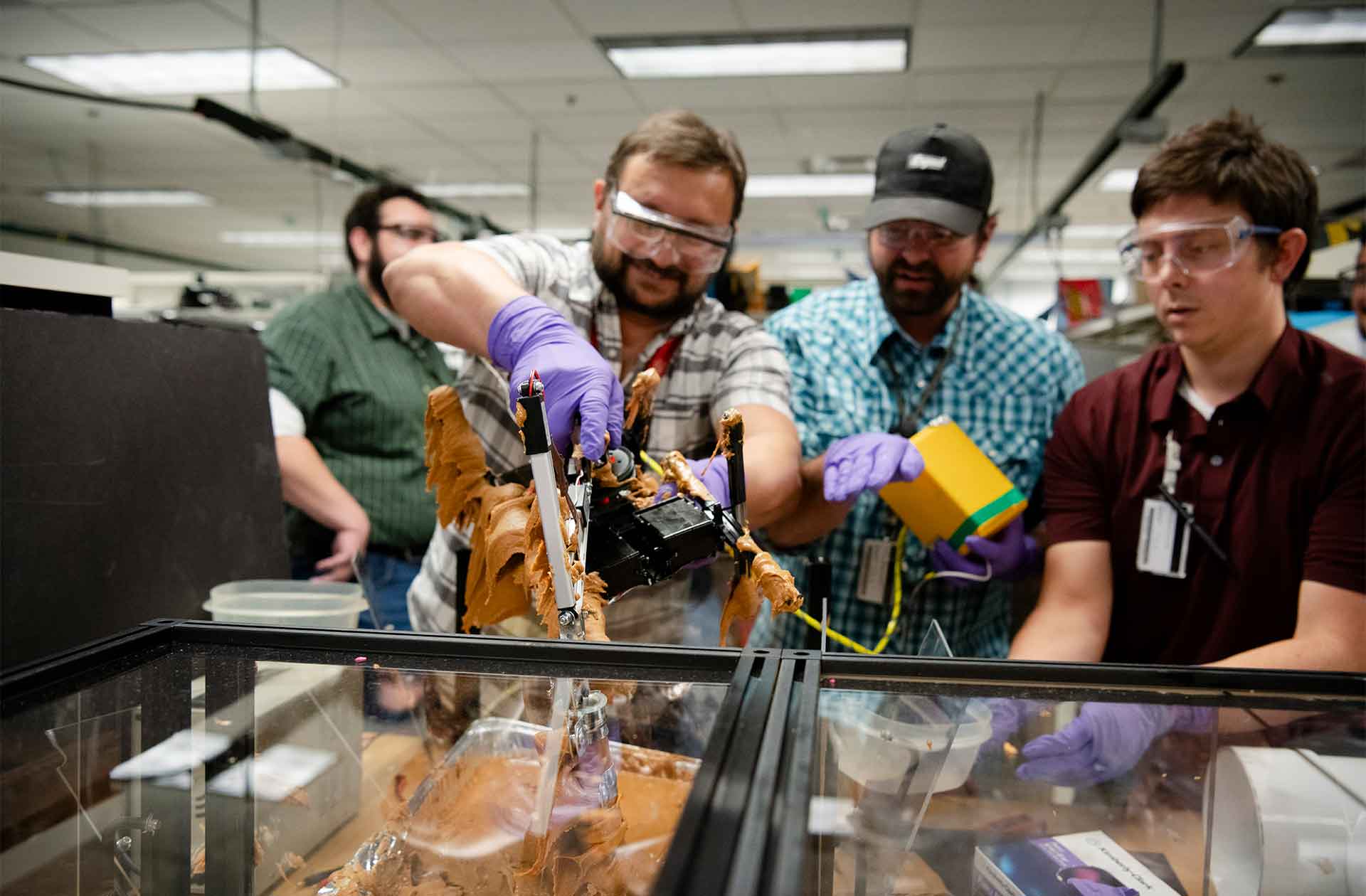Nuclear watchdog
Nina Rosenberg, Nuclear Nonproliferation and Security Program director, discusses the Lab’s global security mission and her role in it.

By the late 1980s, Nina Rosenberg had earned three geoscience degrees, but working at a national laboratory wasn’t on her radar until her husband accepted a postdoctoral appointment at Los Alamos National Laboratory. “Thirty years later, I’m so grateful we moved to New Mexico,” she says, reflecting on her career, which has spanned not one but two national laboratories. (From 1998 to 2011, she worked at Lawrence Livermore National Laboratory.)
At Los Alamos, Rosenberg started off working on a geological repository for nuclear waste, then, over the years, began to manage projects and gain interest in arms control and nuclear nonproliferation—the work of preventing the spread of nuclear weapons and materials. In 2012, she became the director of the Lab’s Nuclear Nonproliferation and Security Program, where her primary responsibility is to make sure the program functions smoothly and effectively. “I see my most important job as hiring excellent program managers and support staff, then providing them with the support they need to do their jobs,” she says.
What is the role of the Nuclear Nonproliferation and Security Program?
The Laboratory’s work in support of its nuclear nonproliferation mission is led by our office. Our focus is on preventing countries without nuclear weapons and would-be terrorist groups from developing nuclear weapons or acquiring weapons-usable nuclear materials, equipment, technology, and expertise. Our work ranges from cooperative work with international partners to highly classified, unilateral approaches.
On the cooperative side, for example, we provide leadership and technical expertise to the International Atomic Energy Agency (IAEA) in its safeguards program, which helps ensure that nuclear materials for peaceful purposes are not diverted to nuclear weapon activities. The Lab has pioneered a wide range of IAEA measurement tools in use today and provides important training courses, including a class required for new IAEA inspectors.
Another example is the technical support we provide for the installation and maintenance of radiation detection systems at sites all across the world to help our many partner countries strengthen their capabilities to detect, disrupt, and investigate nuclear smuggling.
We also work with colleagues at other national laboratories to enhance U.S. capabilities to detect foreign nuclear material production and weapons development activities as early as possible, often using testbeds and facilities in New Mexico, Nevada, and across the nuclear security complex.
Another area we focus on is nuclear verification and monitoring. This takes many forms, from providing key science and technology to support the U.S. space-based nuclear detonation detection capability; to supporting national and international ground-based systems to detect underground nuclear tests; to developing the technology, systems, and approaches to respond to future arms control treaties or situations where the United States may need to account for a country’s nuclear material and activities.
Our work is incredibly broad, and it is important to national and global security.
Why is Los Alamos a good place for this work?
Our nonproliferation work is based on activities we have been doing since day one. We are uniquely knowledgeable about what to look at when trying to decide, for example, whether a facility of interest is conducting conventional military or industrial activities, or whether that facility is involved with nuclear weapons work. We often use the expression “it takes a nuclear weapons lab to help find a nuclear weapons lab.”
However, Los Alamos is much more than a nuclear weapons laboratory. The Lab’s technical expertise, weapons knowledge, and operational capabilities make us impactful in providing solutions to important nuclear nonproliferation and nuclear security problems.
We are able to safely work with types and quantities of nuclear materials that very few others are. For example, when IAEA inspectors come to Los Alamos for their training, they can obtain hands-on experience making measurements from a more comprehensive group of uranium and plutonium samples than they have previously encountered. They are also able to receive instruction from experts who have extensive experience developing and using these instruments. ★








